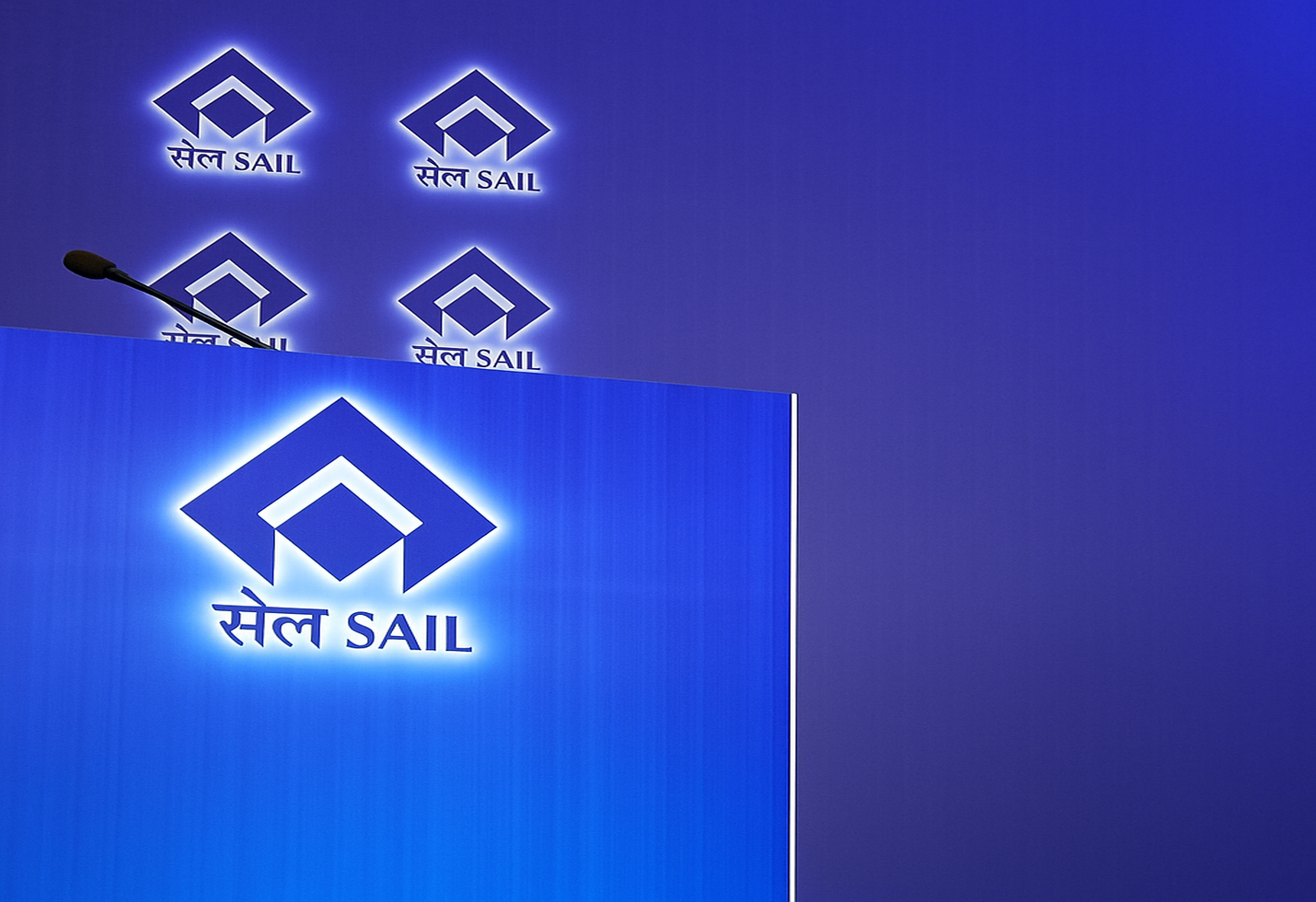Growth in Telecom, Energy, Railways Drives Salasar Techno’s Q4 Performance
Steel Structure Giant Reports 30% Profit Surge, Eyes Expansion with Strategic Acquisitions
Introduction
Salasar Techno Engineering, a prominent player in India’s steel structure and infrastructure sector, has turned heads with its impressive financial results for the fourth quarter of fiscal year 2025. The company’s latest earnings report highlights a notable rise in both revenue and profitability, underscoring its resilient business model and ability to capitalize on growth opportunities in core sectors such as telecom, energy, and railways.
Q4 FY25: Key Financial Highlights
Profit and Revenue Growth
For the quarter ending March 2025, Salasar Techno Engineering posted a consolidated net profit of approximately ₹19.31 crore, marking a robust 30% increase compared to the ₹15.21 crore earned in the same period last year. The sharp increase in profits was driven by a notable 32% year-on-year growth in total income, reaching ₹472.68 crore compared to ₹358.42 crore in the same quarter of the previous fiscal year.
Operational Performance and Sectoral Strength
The company’s strong performance is attributed to its diversified client base and ongoing projects in critical infrastructure sectors. By serving telecom, energy, and railway industries, Salasar Techno Engineering has established itself as a reliable partner for large-scale engineering and construction projects. The consistent uptick in revenue and profit demonstrates the company’s operational efficiency and its ability to adapt to market demands.
Full-Year Financial Snapshot
Annual Profit and Revenue
During the full financial year 2024–25, Salasar Techno Engineering posted a net earnings figure of ₹50.71 crore, while its total revenue climbed to ₹1,412 crore.
These figures reflect the company’s sustained growth momentum and its strategic focus on expanding its project portfolio.
Shareholder-Friendly Initiatives
As part of its efforts to reward shareholders, the company announced a bonus issue in February 2024 at a 4:1 ratio, offering four extra shares for each share already owned.
This initiative has bolstered investor confidence and contributed to the positive sentiment around the stock.
Market Reaction and Share Price Performance
Stock Movement
Following the announcement of its Q4 results, Salasar Techno Engineering’s share price experienced a notable uptick, rising nearly 5% in a single trading session. The stock, which closed at ₹8.98 on the National Stock Exchange, has been a standout performer over the long term, delivering multibagger returns of over 800% in the past five years. However, it’s worth noting that the share price has corrected by more than 50% over the past year, highlighting the volatility inherent in the small-cap segment.
Investor Sentiment
Salasar Techno Engineering’s solid financial results and well-planned acquisitions have renewed investor confidence in the company.
Market participants are closely monitoring the company’s next moves, especially in light of its recent acquisition of EMC Ltd, which is expected to further strengthen its market position.
Strategic Expansion: Acquisition of EMC Ltd
Details of the Deal
Salasar Techno Engineering has finalized the purchase of EMC Ltd, a company specializing in engineering, procurement, and construction (EPC) services, for a total deal value of ₹178 crore.
The company made a balance payment of ₹168 crore to finalize the transaction through an insolvency process. This acquisition is a significant step in Salasar’s growth strategy, as it aims to enhance its capabilities and expand its footprint in the infrastructure sector.
Expected Synergies
The integration of EMC Ltd is anticipated to create synergies that will bolster Salasar Techno Engineering’s project execution capabilities and open up new business opportunities. The combined strengths of both companies are expected to drive innovation, improve operational efficiency, and support long-term growth.
Business Model and Sectoral Focus
Core Competencies
Salasar Techno Engineering specializes in the design, fabrication, and erection of steel structures for large-scale infrastructure projects. Its expertise spans engineering, procurement, and construction (EPC) services, making it a key player in India’s infrastructure development landscape.
Serving High-Growth Sectors
The company’s focus on telecom, energy, and railways aligns with national priorities, including digital connectivity, renewable energy expansion, and railway modernization. By catering to these high-growth sectors, Salasar Techno Engineering is well-positioned to benefit from government investments and policy support.
Challenges and Opportunities
Market Volatility
While Salasar Techno Engineering has demonstrated strong growth, the company operates in a competitive and volatile market. The recent correction in its share price serves as a reminder of the risks associated with small-cap stocks. However, the company’s consistent profitability and strategic acquisitions provide a solid foundation for future resilience6.
Growth Prospects
Moving forward, Salasar Techno Engineering is well-positioned for continued growth, supported by a healthy order backlog, an active project portfolio, and the successful incorporation of EMC Ltd. The company’s strength in handling complex projects and its agility in responding to changing market dynamics will be key factors in sustaining its upward trajectory.
Conclusion
Salasar Techno Engineering’s strong Q4 FY2025 performance showcases its effective operational execution and proactive approach to long-term growth.
With a 30% surge in net profit, a 32% increase in total income, and the successful acquisition of EMC Ltd, the company is well-positioned to capitalize on opportunities in India’s infrastructure sector. While market volatility remains a challenge, Salasar’s diversified portfolio, shareholder-friendly initiatives, and focus on high-growth industries bode well for its future prospects.
Investors and industry observers will be watching closely as Salasar Techno Engineering continues to execute its growth strategy and solidify its position as a leading player in the engineering and construction space.
The image added is for representation purposes only





